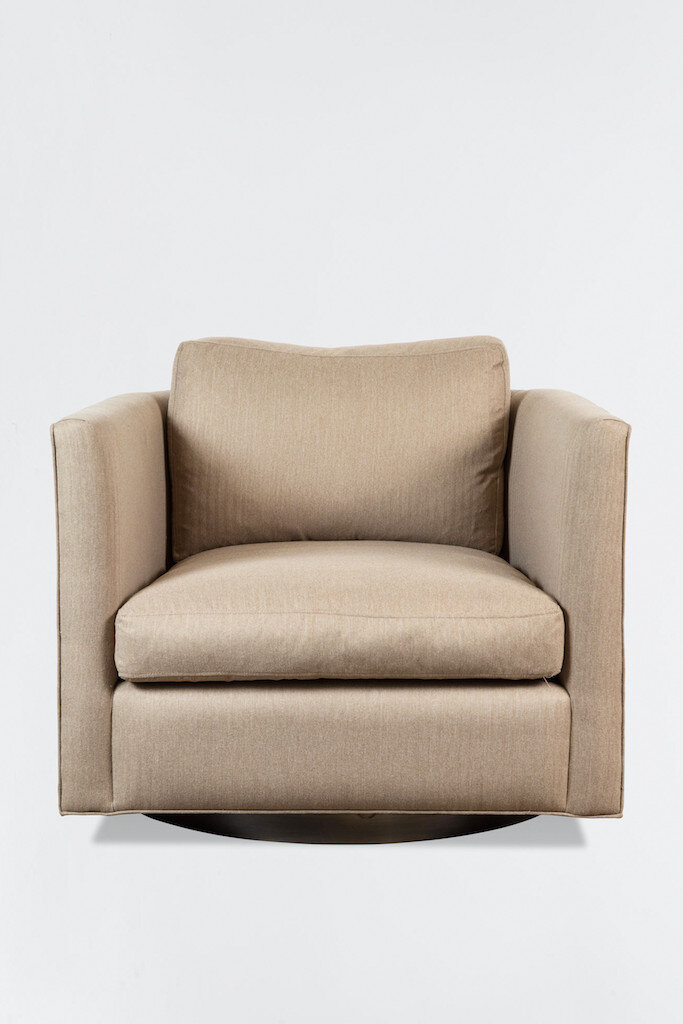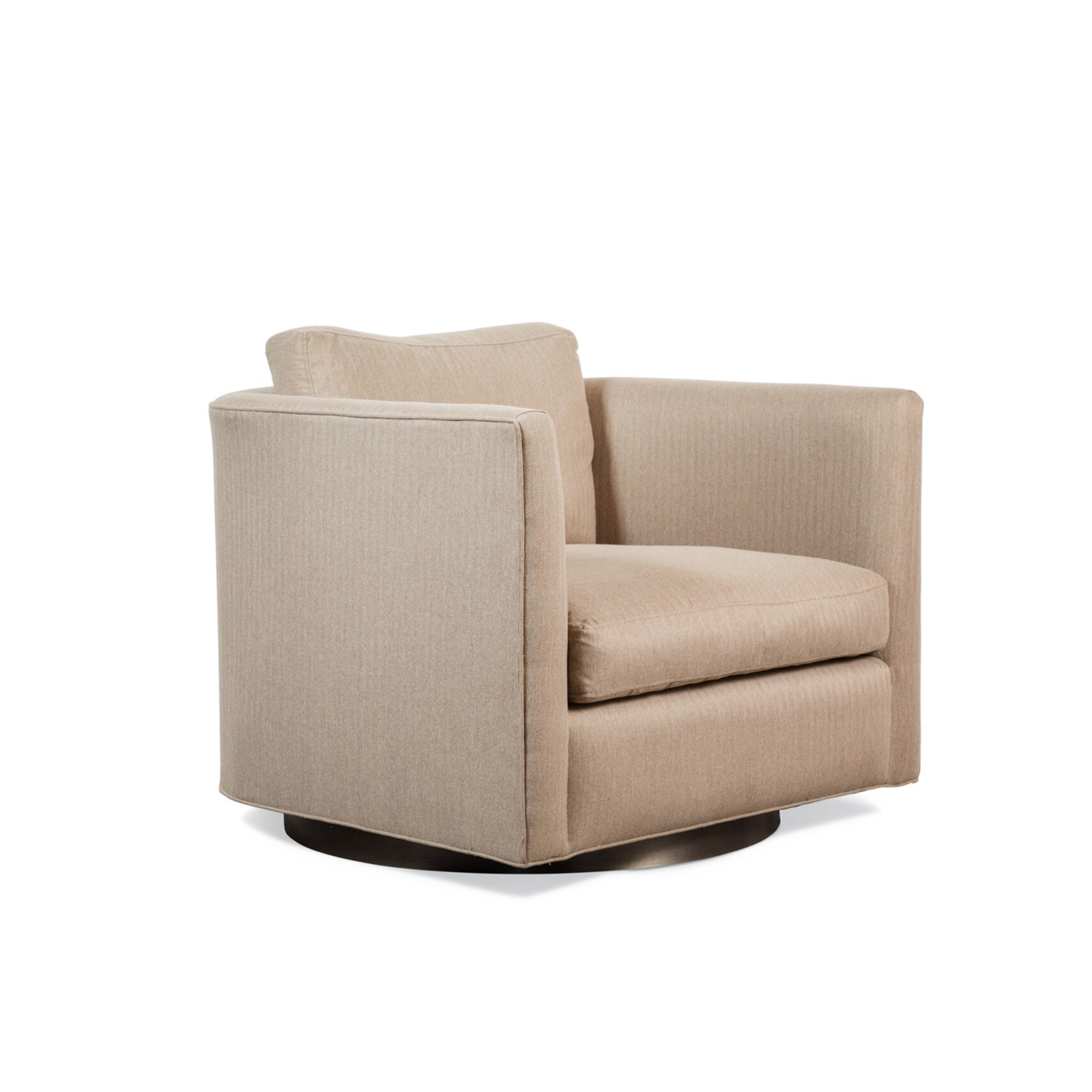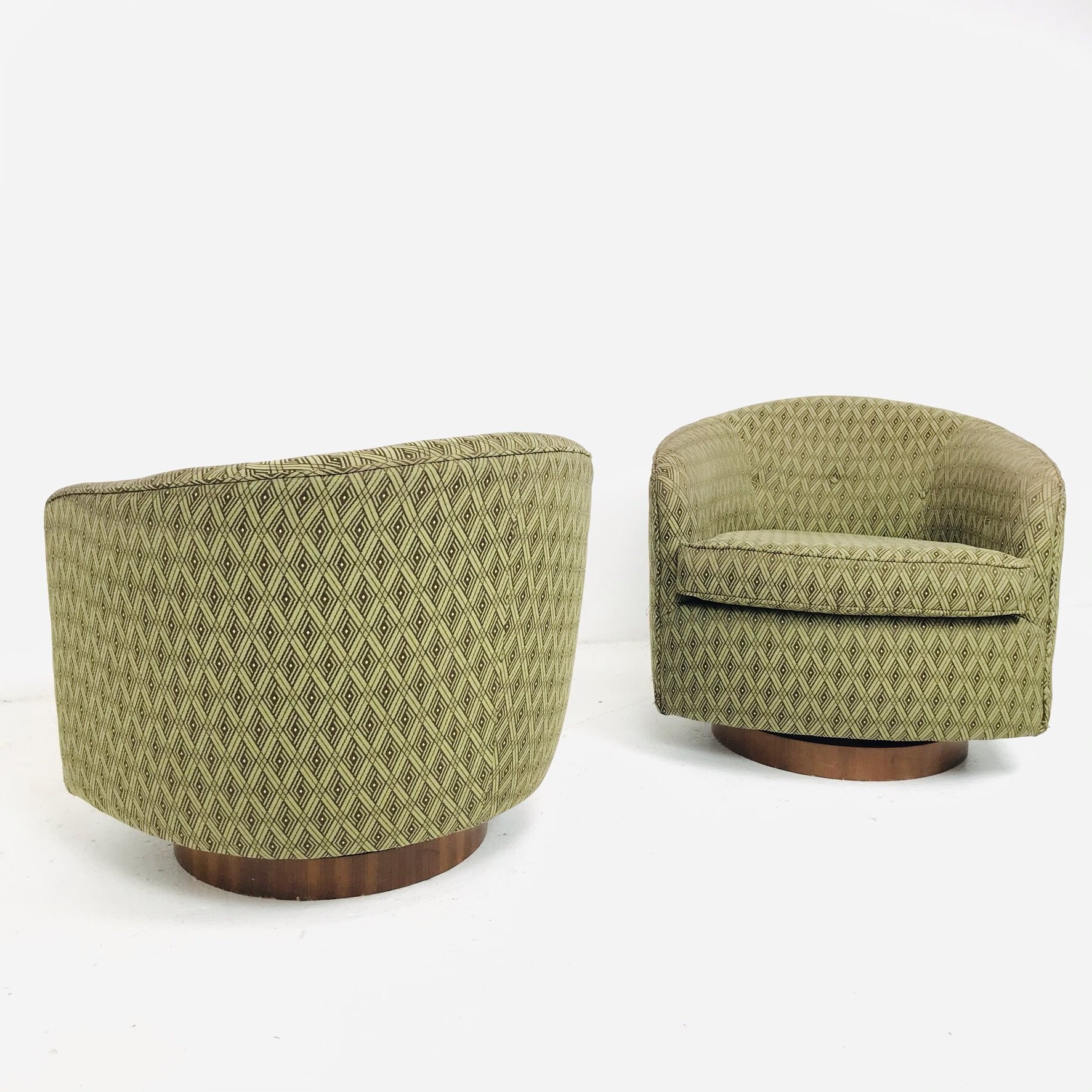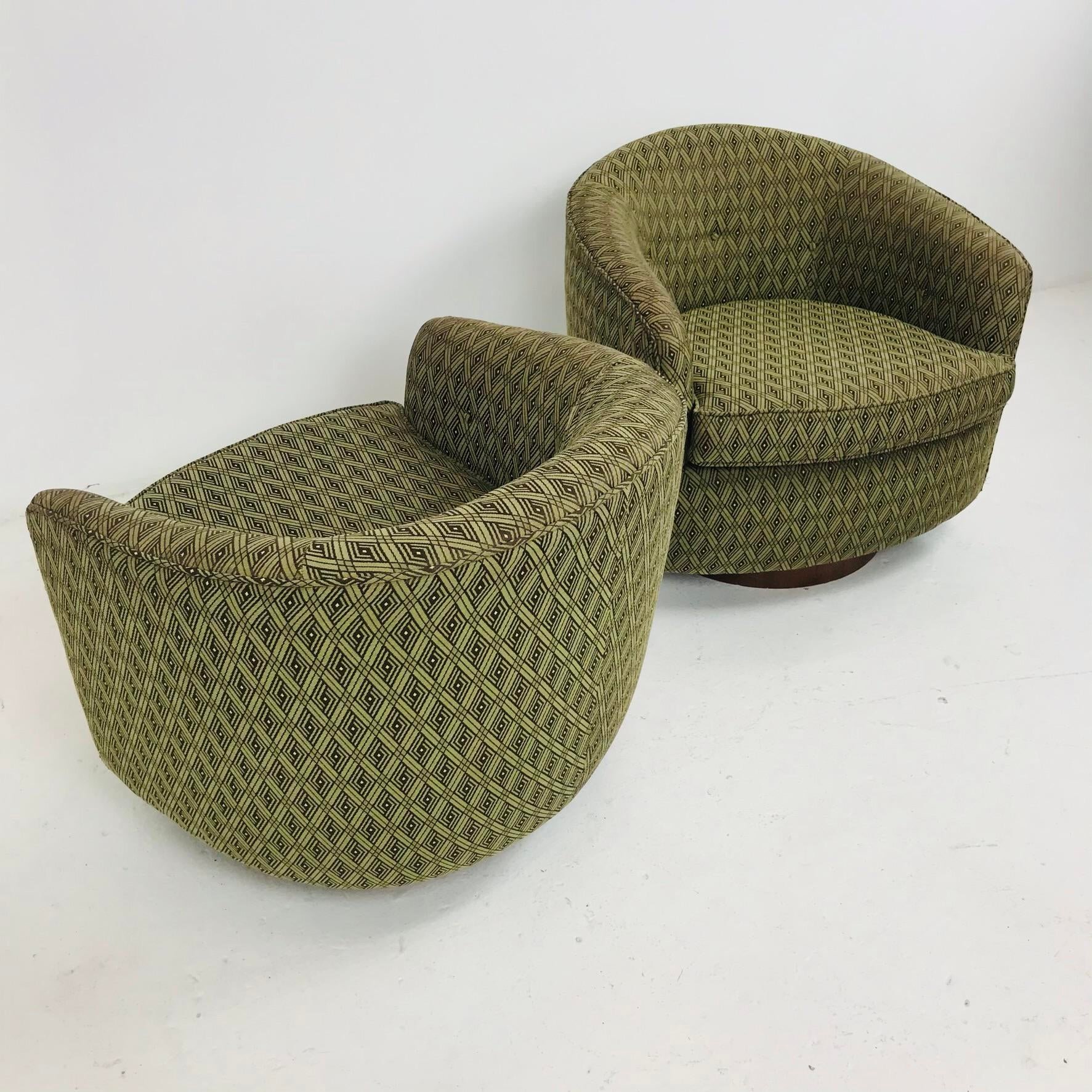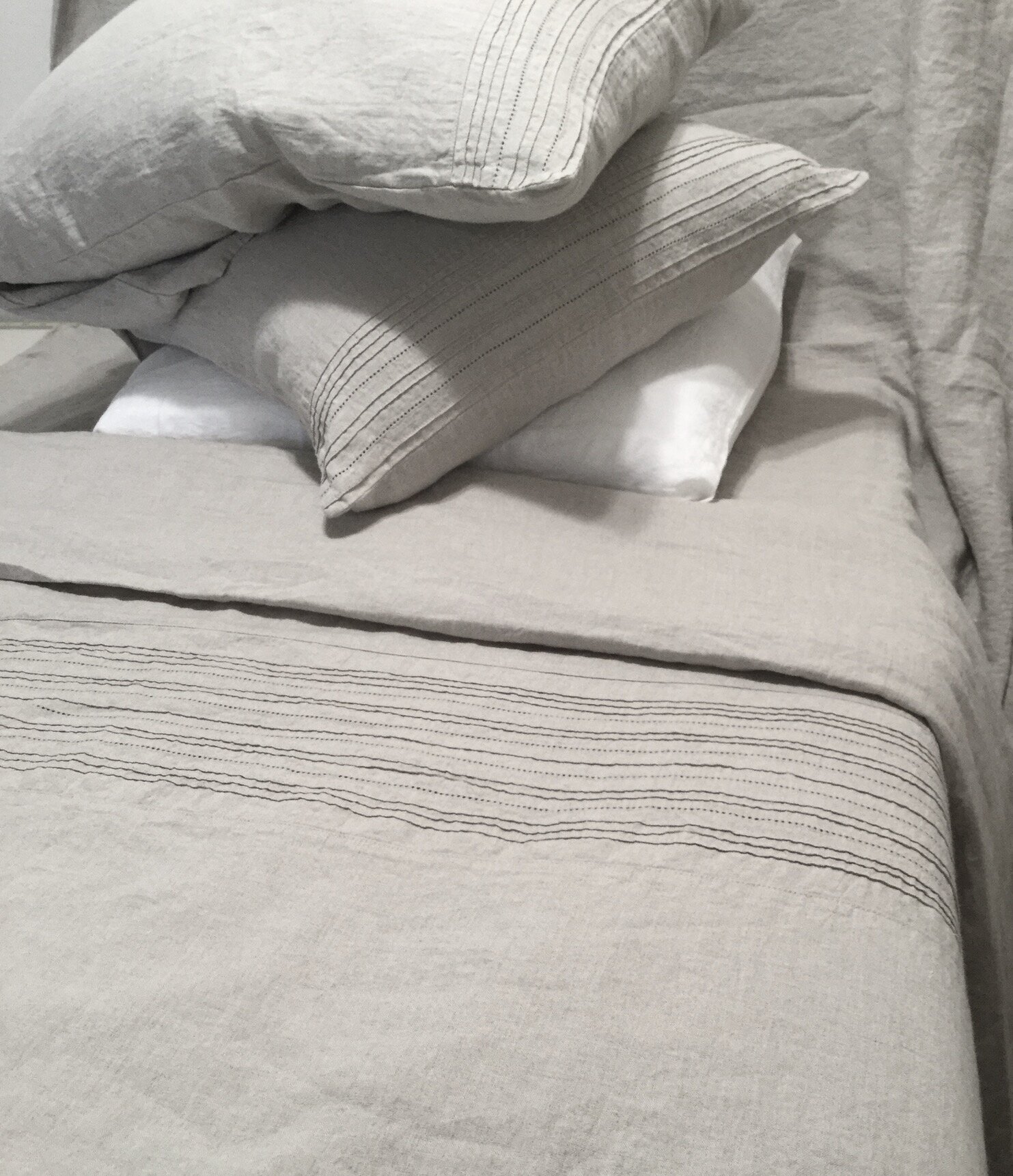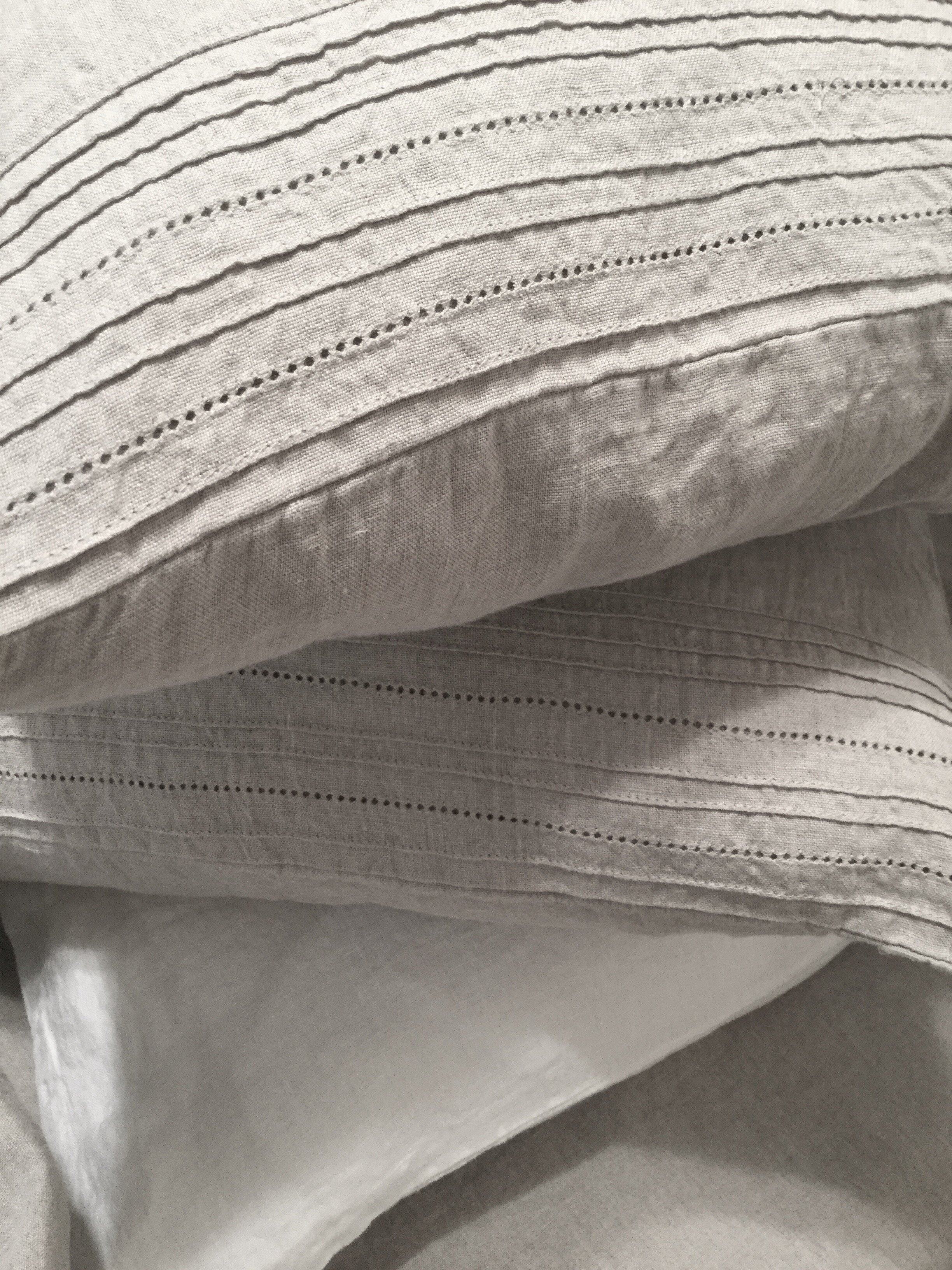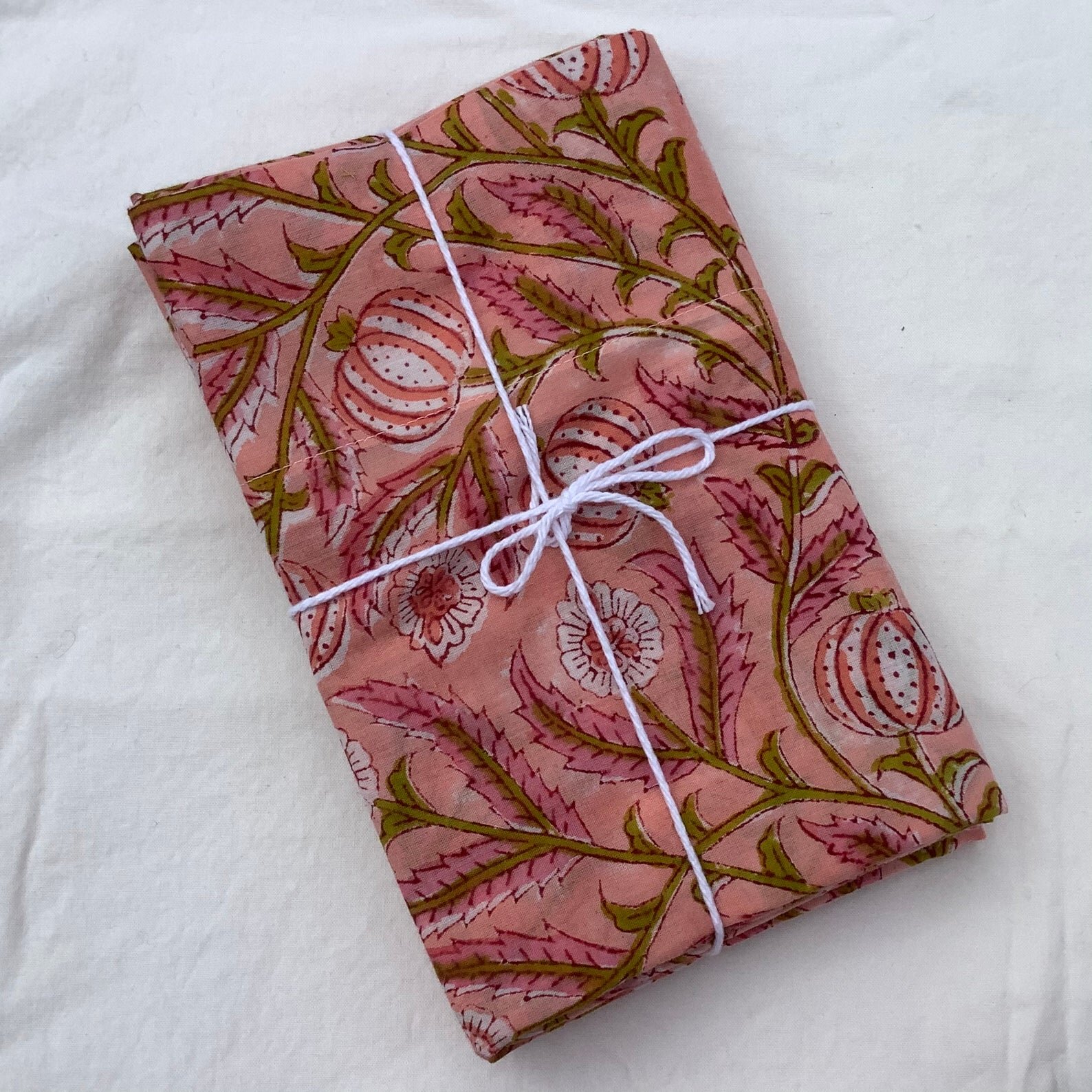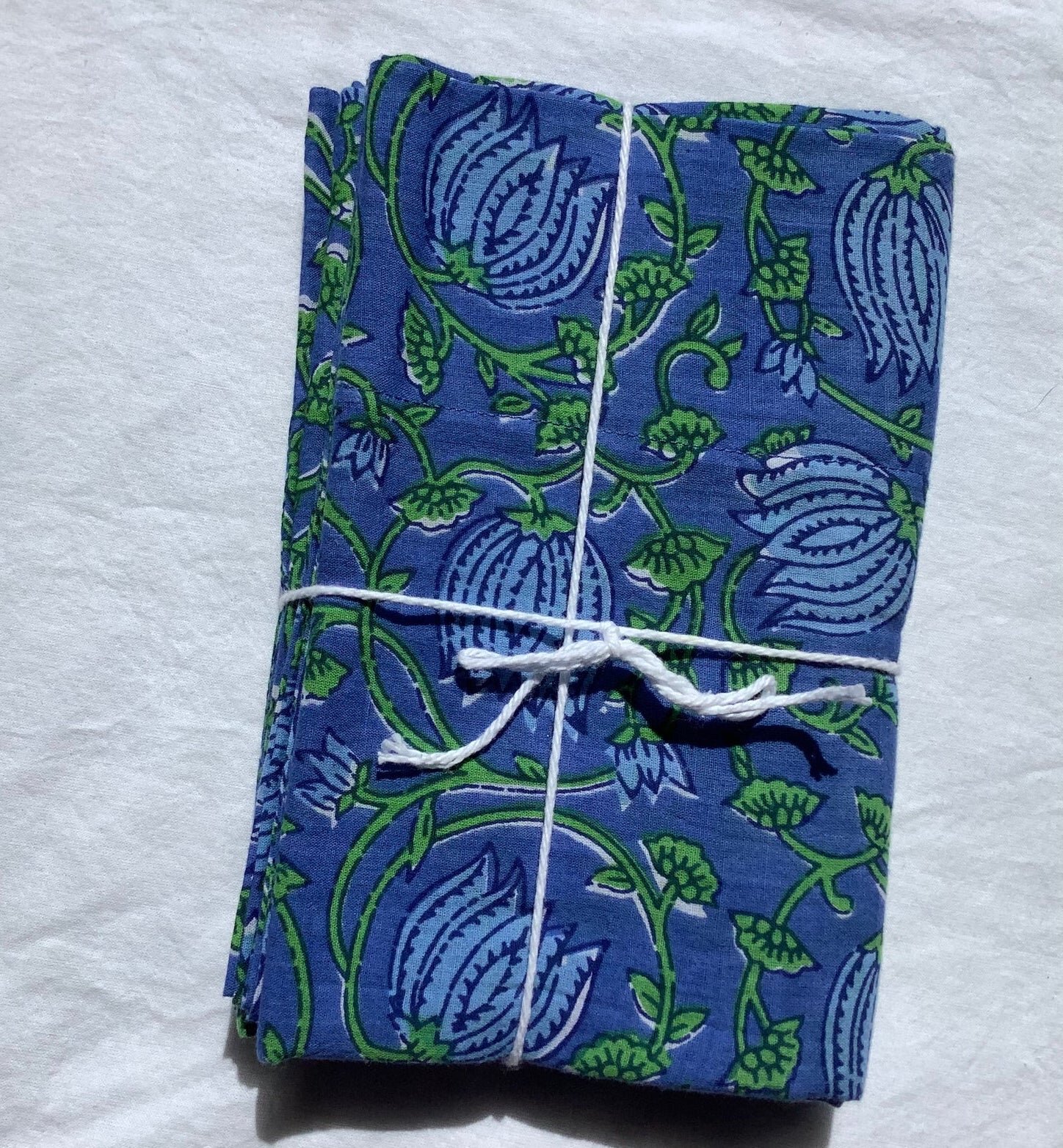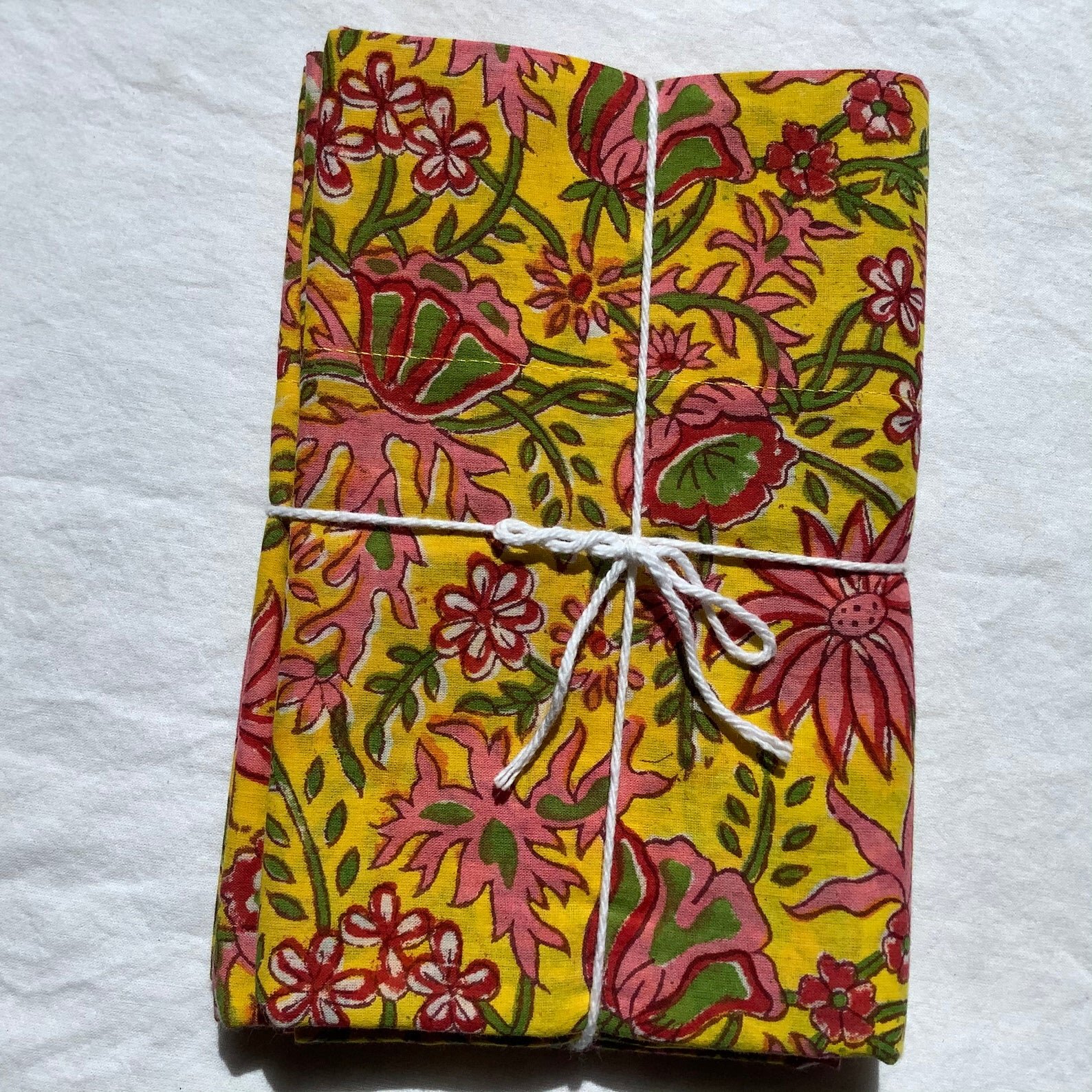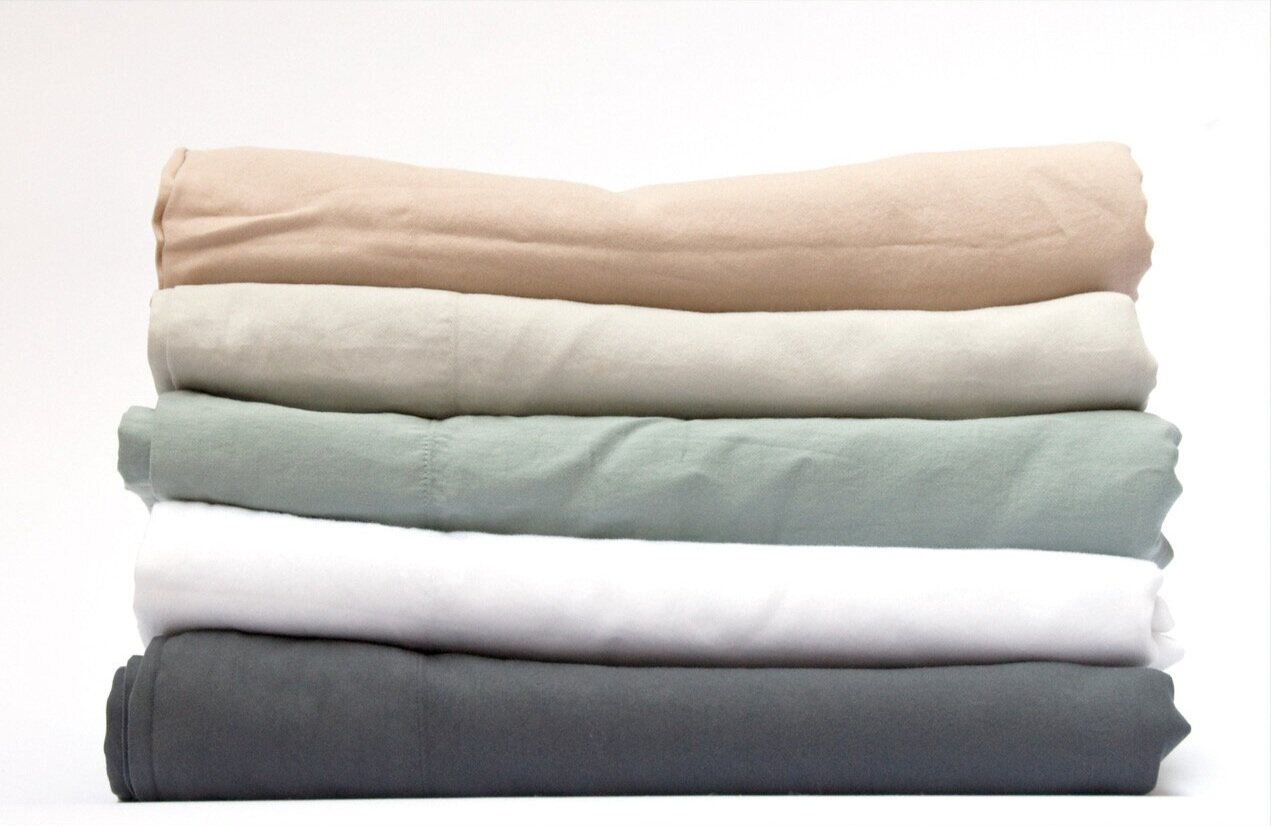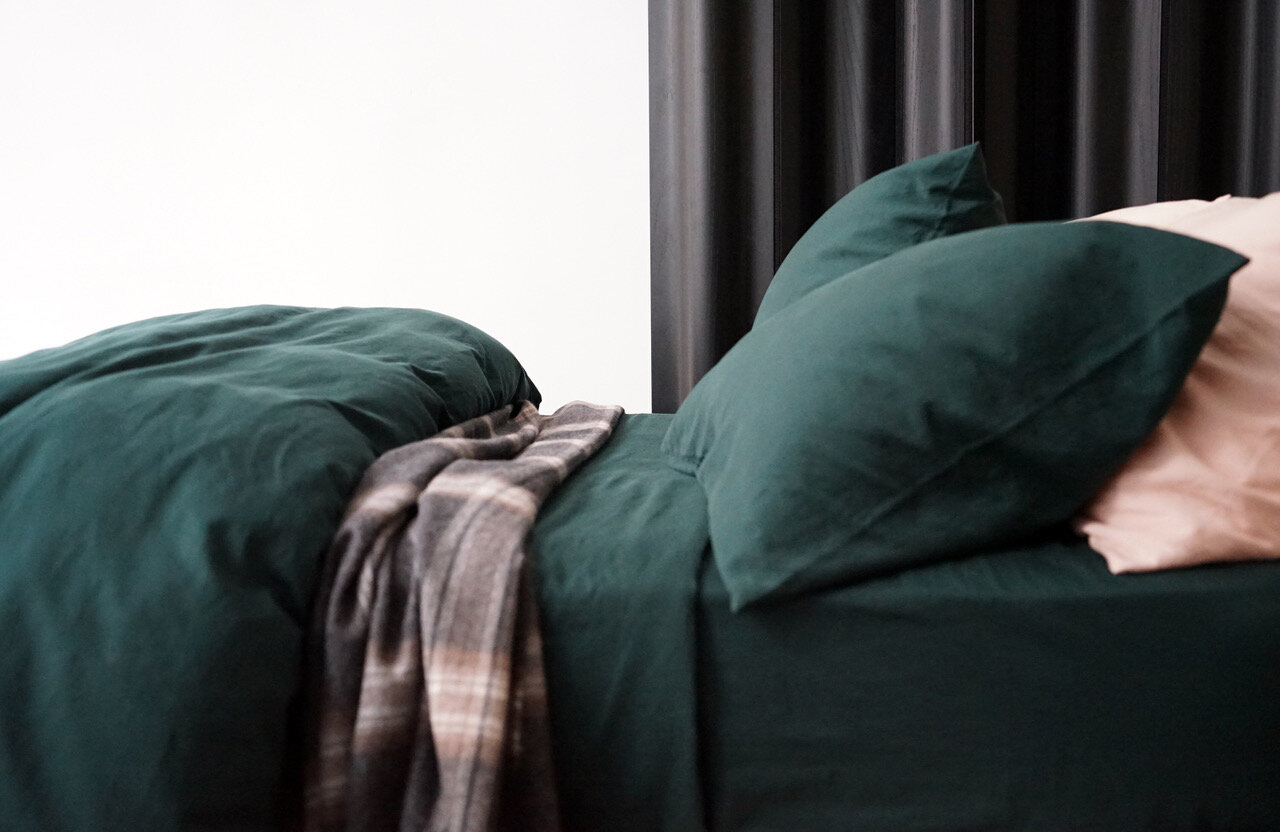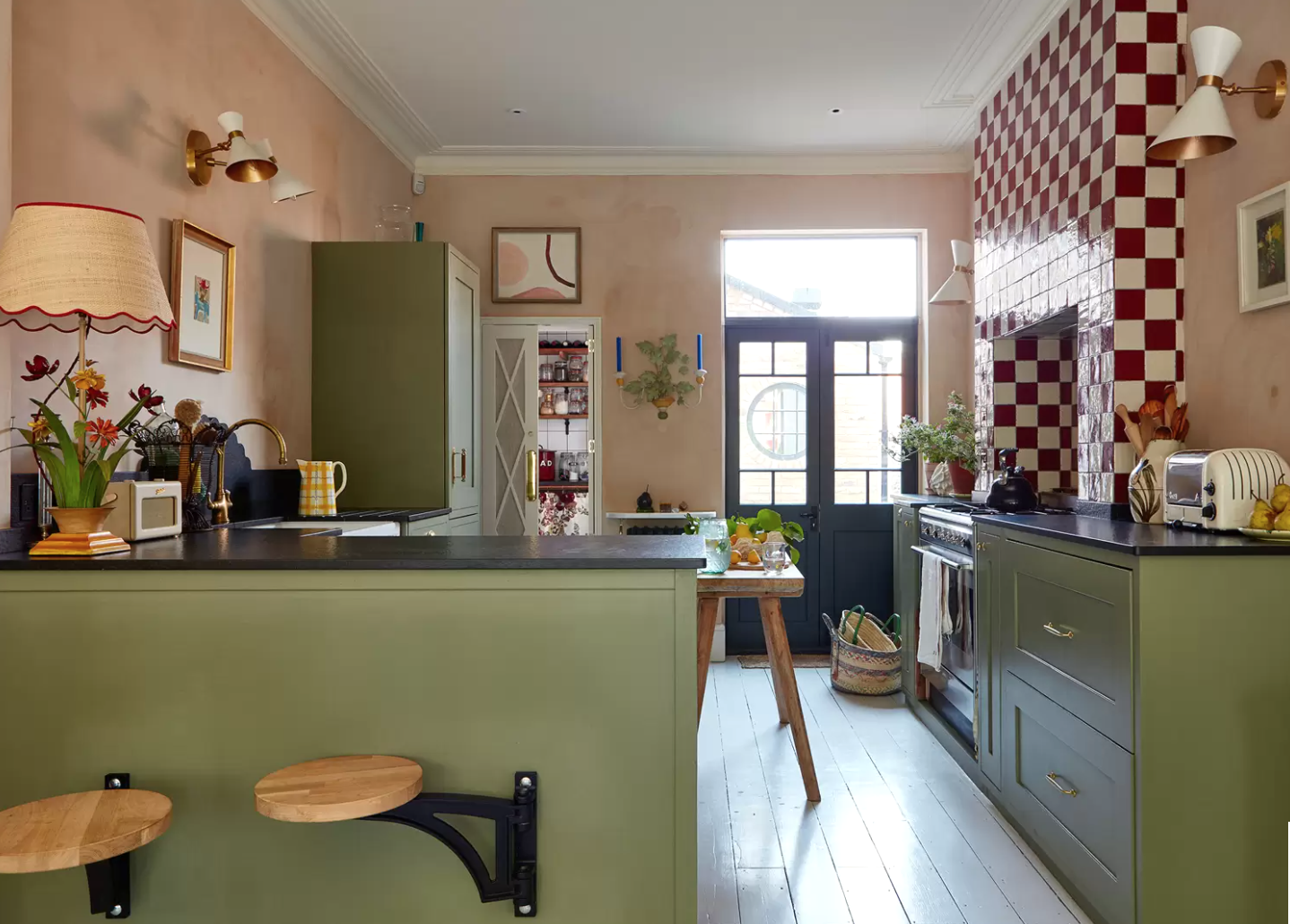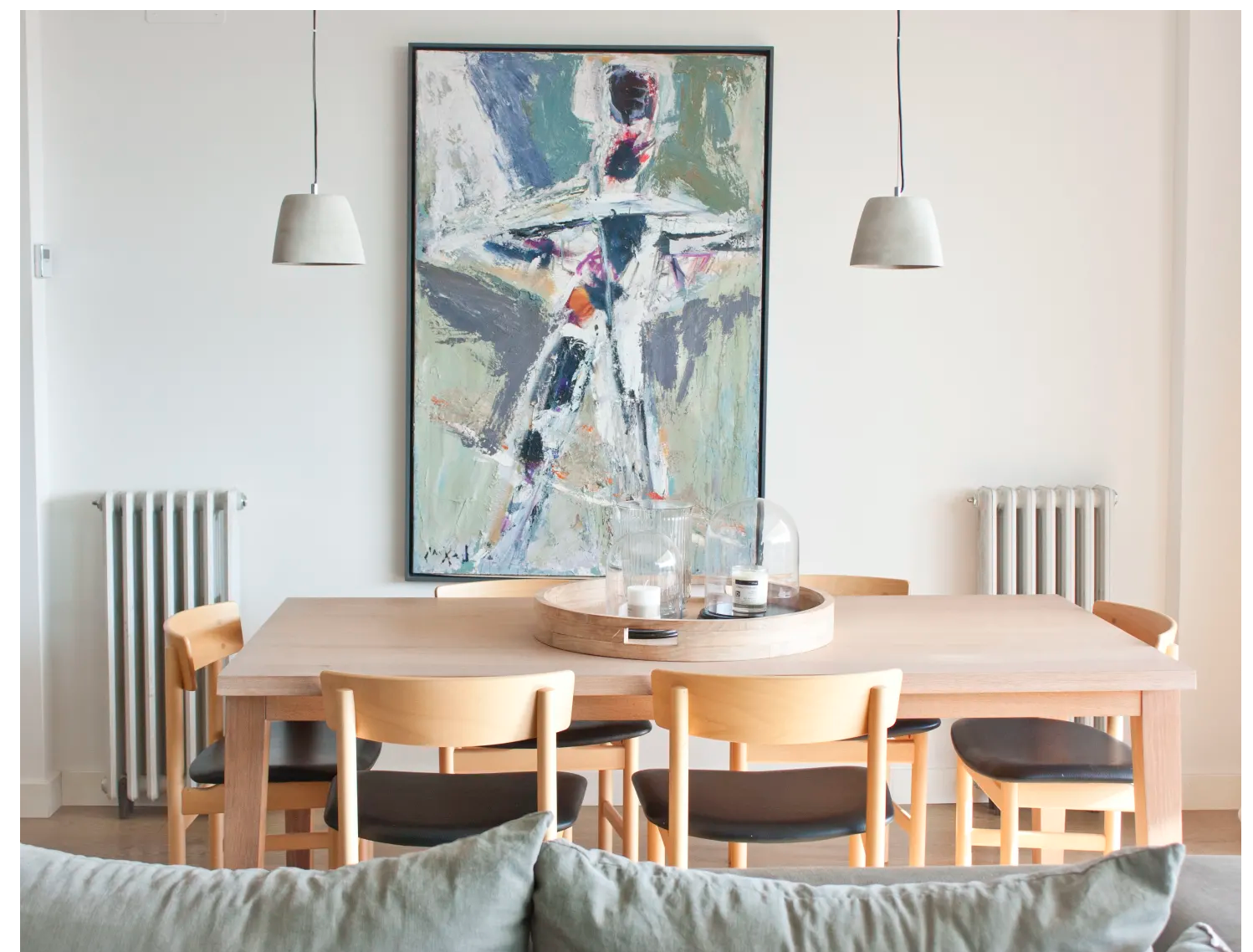There’s a moment when you sit in a gorgeous upholstered chair, whether it’s in a showroom on La Brea or an antique shop in Pasadena, and you begin to feel the chair turning ever so slightly and it’s that moment of joy in which you recognize “Oh my goodnessss, this is a SWIVEL!”
Maybe that’s just us?
But we’ve got to admit it happens in the same way nearly every time when it’s such an unexpected and delightful surprise, as Lily Spindle's love of swivels runs deep. They’re magnificently utilitarian while being, typically, a shape and proportion that complements every interior style, architecture, and décor. They’re amazing to curl up in with a good Sally Rooney book and a cup of chamomile tea on a gloomy afternoon. They’re fabulous for parties since you can swivel towards or away from whomever you want. And what better way to have a group viewing of “Dirty Dancing” for Patrick Swayze appreciation week? That’s not a thing, but it really ought to be, because he was pure magic.
While putting together this list of our top recommended swivels, we discovered some facts we may perhaps have been the last to know, but just in case we’re not, we’ll share them with you! In 1775, a year prior to the Declaration of Independence being drafted, the traditional seating was the Windsor chair, which was solid wood with a tall back and zero mobility. Thomas Jefferson, crafty inventor that he was, ingeniously added an iron spindle to the bottom side of the Windsor chair, replacing the original legs with bamboo, and also attaching a writing paddle to the chair’s arm. Allegedly, this wonderfully mobile creation is where Jefferson sat while drafting the Declaration of Independence. This particular chair has been in the possession of the American Philosophical Society in Philadelphia since 1836. Cool, right?
The swivel chair has certainly evolved in countless ways since then, of course – the ingenuity of the swiveling desk chair being applied to living room lounge seating and the result referred to as tub chairs or barrel chairs (though not all tub or barrels are swivels, to be clear), spinnies, or, simply and succinctly, swivels. No matter what they’re called, we love these chairs with an endless fervor and adore integrating them into our clients’ spaces.
And here you have it - Lily Spindle’s top 6 swivels, varying in price, design, style, and materials, but all of which have a timeless sensibility and classic sexiness to their individual vibes and design! Enjoy.
Tuxedo-style swivel chair with a subtly curved back (hence its name), featuring down-wrapped seat and back cushions and a metal or walnut base. Measures 34”w x 37”d x 31”high and, for what it’s worth, its sofa sibling version is JUST as sexy! Leathers and fabrics for the Curved Back Swivel are available via Lawson Fenning’s selection or you can go COM route (= Customer’s Own Materials = you’re welcome to separately choose and purchase your own upholstery and supply the required yardage to Lawson Fenning for production.) Pricing is variable, in the sense that COM pricing is $2450, Grade A fabric pricing is $3050 and Grade D is $4450.
Channel back makes all views and angles of the Fitz a designer’s dream, since swivels often times occupy a space where all sides of the furniture are, at some point or another, visible! Elegant, sophisticated, and sexy as heck, the Fitz is priced at $1299 and is available in two velvets – Russet or Luca (shown here in Russet); Measures 38.5” wide x 32.5” deep x just 27.5” high, making it one of the shorter swivels on our list, which is particularly ideal for keeping your room’s airy, lofty, open vibe going strong.
The thick, round oak base is a dominant feature of the Rotunda’s design, and the angled back and sides of the chair, sloping downwards from the seat, which projects ever-so-expertly from the profile, lends it an even more sophisticated vibe. These might be the perfect swivels to lounge in while listening to Sigur Ros and sipping scotch. Available in two cotton velvet colorways (Ivy or Stone, shown in the latter), priced at $933.80, measuring 33.5” wide x 29.5” deep x 29.75” high.
Described by Room and Board as the “modern version of the classic tub chair,” the Otis may not be a deep, lounge-y, “you’re gonna accidentally fall asleep in it” kind of swivel chair, but it definitely is a compact, minimalist, beautiful swivel chair design. And for spaces that aren’t massive (and swivels do need enough room to be able to, well, SWIVEL), they’re your best infallible bet, coming in at 32” wide x 31” deep (with a seat depth of 23”) x 29” high. Priced at $899 in Banks Rust or Vance Mustard (shown in latter) – both solid, stain-resistant and stain-repellent velvets; also available in over 200 different Room and Board fabrics with varying prices and leadtimes.
We must admit, we were initially dubious about this swivel design for use in a client’s home, but once we saw the piece in person, we were hooked! The diminutive scale (30” wide x 31” deep x 29” high) doesn’t overwhelm a room, so a single Crescent works well as an accent chair, and the rounded seat cushion paired with the tight back gives it a modern, fresh vibe. And, you know – you can’t beat the price - available in Basket Slub Horseradish or Feather Gray, starting at $599, with 39 other fabric upholstery options available. Stocked in two leather options (Nut and Smoke), priced at $1099; available in many leathers and vegan leathers for $1099 and $699, respectively.
The king of the swivels might be Milo Baughman, a furniture designer who firmly believed furniture should look good from both the back and the front. His swivel styles vary throughout the years, as he was designing them from approximately 1950-1979, and collaborating with the likes of Thayer Coggin. This style in particular is likely circa 1970 (and we’ve seen comparable priced at upwards of $10k, for what it’s worth!) and is, in our opinion, the classic, streamlined swivel all others strive to be. If imitation is the highest form of flattery, the Milo Baughman swivel design is abound in enough compliments to last an eternity. (PS - these were at the fabulous shop Again & Again in Dallas, Texas and have already sold, of course!)
